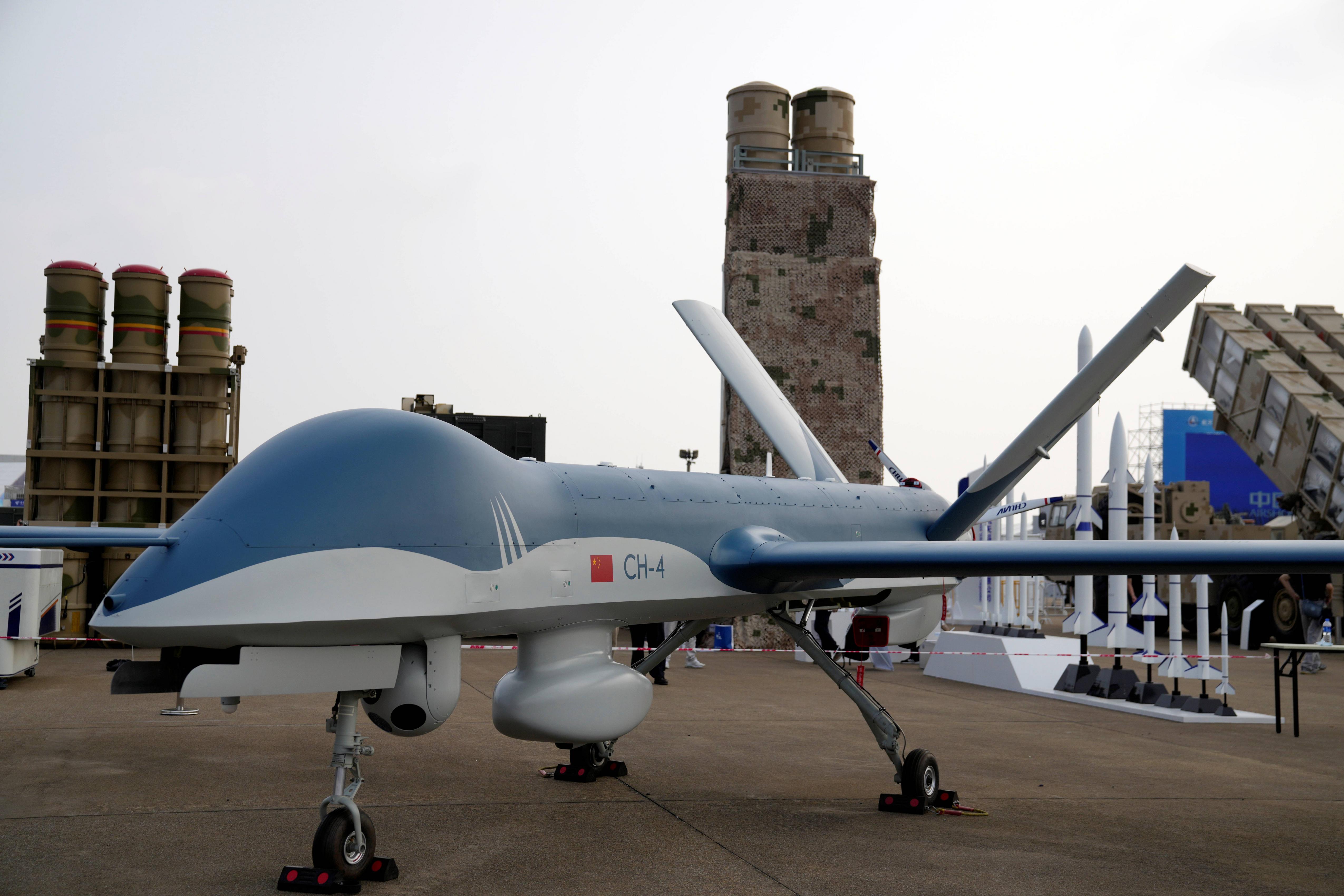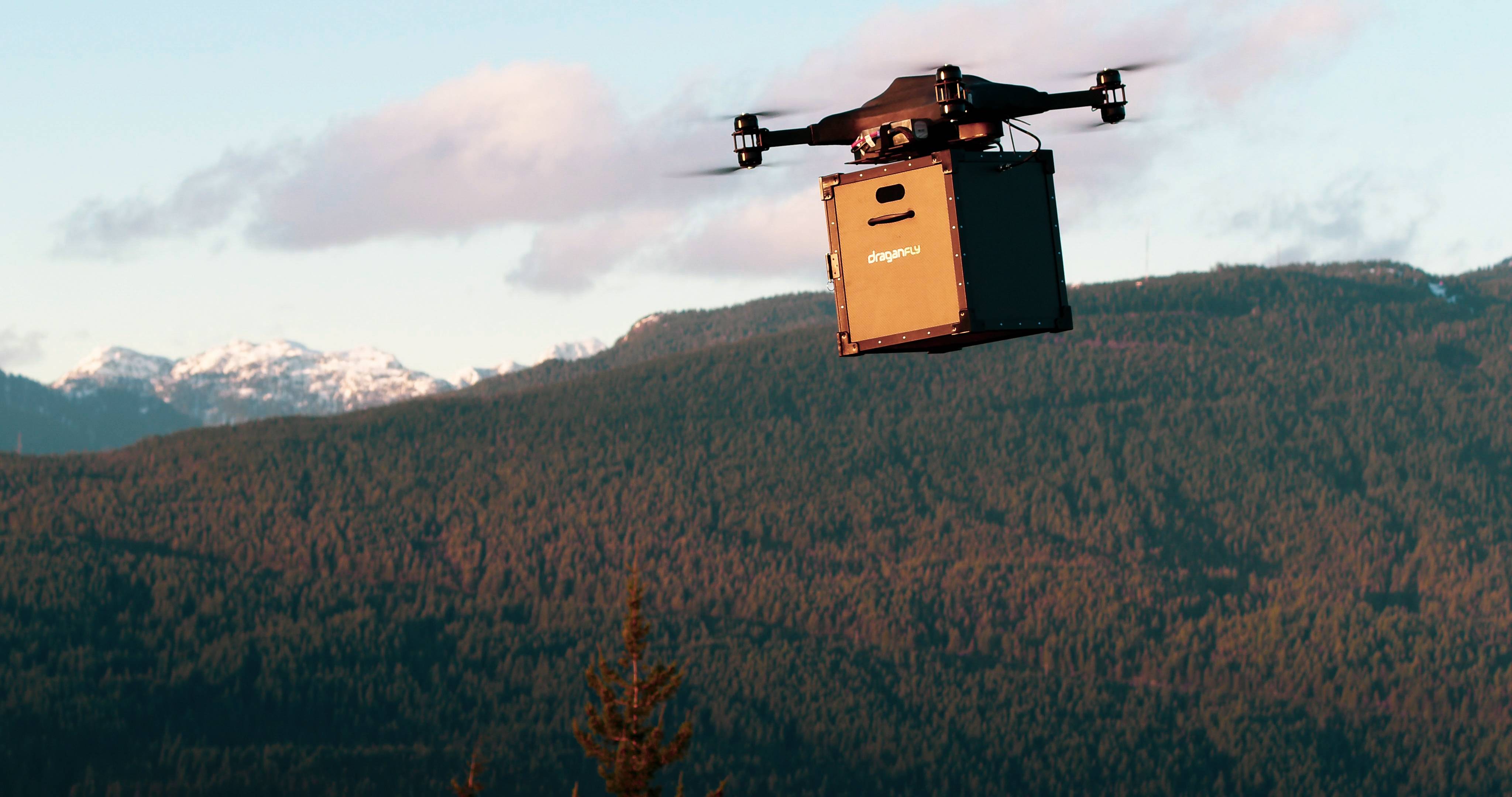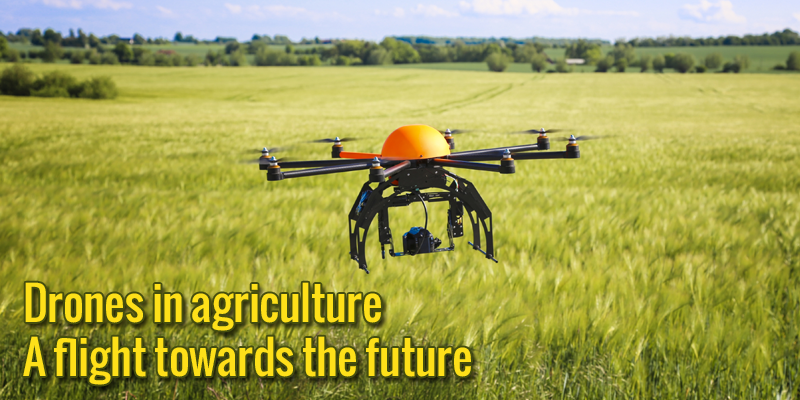
The FAA Reauthorization Act of 2018 was passed by the House of Representatives. This is good news for the Small UAV Coalition. The legislation reauthorizes the Federal Aviation Administration (FAA) for another six years, supporting continued growth of the commercial unmanned aircraft systems industry in the United States and the safety of our national airspace. The House Transportation and Infrastructure Committee Chairman Shuster and Reps. Perry and Sanford for their support in passing FAA Reauthorization Act of 2018.
This law supports policy and legislation changes that allow operation of small unmanned aircraft vehicles
The proposed regulations in the United States would allow small UAVs to be used for emergency management and law enforcement. The proposed regulations would prohibit the use of UAS to voyeurism, hunt, or attach weapons to them. In addition, the proposed regulations would require that operators obtain a flight permit from the Federal Aviation Administration (FAA) and complete a test to operate drones. Local governments will have the ability to decide by the end of 2015 whether or not to allow commercial drone usage.
The bill would prohibit UAS from operating in areas where people have reasonable expectations of privacy. These include restrooms, lockers and individual residential spaces. It would also ban UAS operations in daycare centers, residential hallways, and campus buildings. However, the legislation would exempt operators using UAS for business or government purposes. The legislation will allow university officials to operate UAS within certain areas.

Encourages the development of infrastructure for widespread low-altitude airspace management
A new technology is available to help manage low-altitude airspace. It also provides seamless connectivity for drones. NextGen's En Route Automation Modernization, (ERAM), platform was created to replace the legacy Host systems in 2015. The new technology allows airlines more efficient planning of flights thanks to its enhanced radar coverage. It ensures all aircraft are operating at safe altitudes, which improves safety.
Low-altitude, complex airspace management is challenging due to its complexity and the environmental factors. Therefore, operational roles must be clearly defined and well-trained staff should be employed. It is also important to evaluate management systems in order to minimize human error. This will increase efficiency and reduce the risk of errors. The key challenges in low-altitude airspace management include loss of control, link loss, and communication failure.
Micro-classification of small UAVs is possible.
The number of small, unmanned aerial vehicles has increased and so does the need for effective countermeasures. This is why the new technologies are essential to protect communities and ensure safety. Many industrial initiatives are being implemented to meet this demand. Here are some examples. These include:

UAVs can be limited by radio frequency bandwidth limitations. This limitation affects every military service in a different way, but it is particularly difficult for Navy ships at the sea and Army battalions. Congress and UAV industry members are working together to address this issue. There are currently no laws that restrict small UAVs being used for military purposes.
FAQ
Is it necessary to have special training in order to fly a drone
You don't require any special training to fly your drone. A remote control unit is all you need. You also need to have some basic knowledge of flight mechanics.
Is it safe to drive while flying a drone?
Driving a drone is dangerous, as it could cause an accident or crash into another vehicle. You could also hit pedestrians and animals. Additionally, hitting power lines, trees or buildings could cause damage to your car.
What kind of batteries does a drone use?
Drones are powered by lithium-ion battery. A drone typically uses between 3 to 6 volts.
What US states do drones are legal in?
You can legally operate a drone for hobby purposes. The Federal Aviation Administration has created guidelines to allow small unmanned aircraft system (UAS) use. These UASs must be registered with the FAA before they can be flown. Commercial operators can also fly these devices provided certain conditions are met by the FAA.
Statistics
- According to industry research from ZipRecruiter , there are 10 cities where the typical salary for a Drone Pilot job is above the national average. (dronesgator.com)
- With the top 10% making over $100/h and the bottom 10% making as low as $10/h. (dronesgator.com)
- According to ZipRecruiter, the minimum hourly wage of drone pilots is $20. (thedroneu.com)
External Links
How To
How to Fly Drones with Beginners
A drone can be used to fly remotely controlled aircraft for photography, surveillance, scientific research, hobby and commercial purposes. Drone technology has existed since World War II. DJI's Phantom series of quadcopters was the first to be commercially used. Since then, there have been many different types of drones available, from beginner-friendly models like the Parrot AR Drone 2.0 to professional-grade multi-rotor craft like the DJI Mavic Pro.
There are many options for flying a drone.
-
Remote control - This allows you to control the drone from your hand. There are two main types for controllers: Joysticks or On/Off switches, which can be used to control the drone's flight path.
-
Manual Control – This allows remote operation of the drone via GPS coordinates using a smartphone application. You will need to keep track of where the drone is going and follow the directions from the app.
-
Autonomous Flight: This means that the drone will take care of all the piloting. It allows the drone to fly independently without any human intervention. It must have a builtin camera, sensors capable of taking images and data to enable autonomous flight.
-
Triggered Flight – This method is very similar to manual flight. The pilot creates a route that the drone will follow until it reaches the destination. After the preprogrammed route is complete, the drone will automatically land and return to its base.
-
Landing Gear- Some drones include landing gear that allows for safe landing if the power goes out or they run out of batteries.
-
Goggles: Some pilots use goggles in order to protect themselves against debris when operating.
-
Camera - Some drones are equipped with cameras allowing you to capture photos and videos from above.
-
Obstacles-Some drones come with obstacle avoidance devices that keep them from hitting obstructions.
-
Speed - Some drones reach speeds exceeding 40 mph.
-
Battery Life - Most drones last between 20 and 3 hours depending on how much power they have.
-
Some drones are capable of traveling up to 30 miles depending upon their make and model.
-
Power source: Some drones will require an external power source while others can be powered by internal batteries.
-
Weight - Some drones can be as light as 1 pound while others can reach 4 pounds.
-
Size - From small drones that can be carried in the palm of one's hand to larger drones that weigh over 50 pounds, drones come in a variety of sizes.
-
Price - From high-end models that cost thousands of dollars to low-cost options that start at $100, all drones fall under a certain price category.